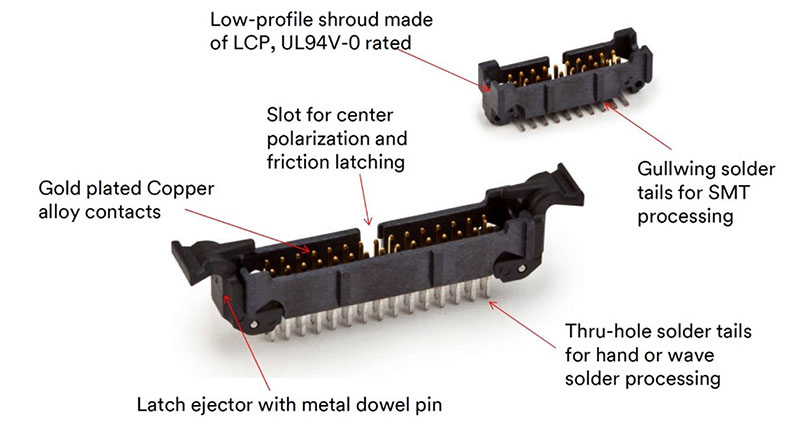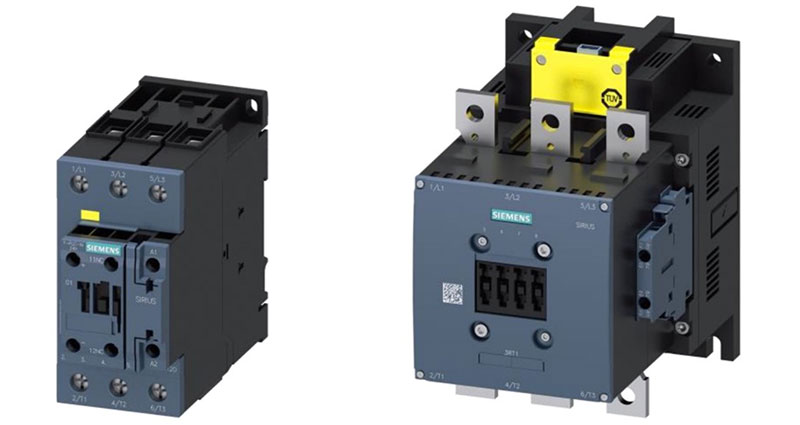How to Overcome the Challenges of Developing Engaging User Interfaces for the Metaverse
The metaverse mix of augmented reality (AR), virtual reality (VR), and extended reality (XR) is quickly emerging across a variety of consumer, medical, Industry 4.0, and other applications. The challenge for the design community is to identify and apply the technologies that will make the user experience as seamless and immersive as possible. For example, technologies like 3D sensing are needed to understand the surrounding environment and the user’s position and movement within that environment. Other technologies include user-friendly human-machine interfaces (HMIs) like hand tracking, gesture recognition, and high-fidelity audio.
Let’s take a minute to review some of the challenges you need to overcome when developing engaging and immersive user experiences, including the need for real-time performance, compact form factors, and power efficiency. We’ll then provide some example solutions from Analog Devices that can help, including three-dimensional (3D) sensors that can support user interactions with AR, VR, and XR devices in the metaverse, compact and efficient Class D audio amplifiers for high-quality audio, and evaluation boards to speed the development process.
What’s in the room?
High-resolution vertical cavity surface emitting laser (VCSEL) imagers can be used with time-of-flight (ToF) software to detect, measure, and track objects in the room. You’ll need an imager with VGA resolution, the ability to operate under various lighting conditions, multiple range detection modes for increased accuracy, and the appropriate 3D software and analysis algorithms. These imagers need a frame rate of 30 frames per second (fps) and a distance measurement accuracy of better than 2% (Figure 1).
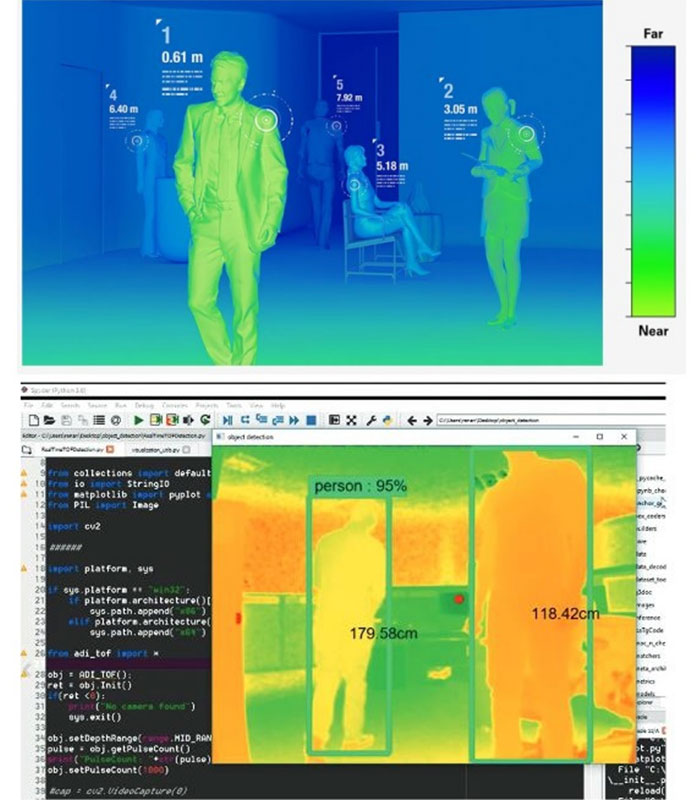 Figure 1: People and objects can be tracked using VCSEL-based imagers with VGA resolution. (Image source: Analog Devices, via OnElectronTech.com)
Figure 1: People and objects can be tracked using VCSEL-based imagers with VGA resolution. (Image source: Analog Devices, via OnElectronTech.com)
Gesture recognition HMIs
With a software change, you may be able to use that same VCSEL imager for gesture recognition if it has a close-in operating mode that can capture hand movements between about 25 and 80 centimeters (cm), and a fast real-time processor. Most people are already using a form of gesture recognition with touch screens. Custom gesture recognition interfaces can be developed to support applications such as industrial maintenance, medical procedures, and gaming environments.
Measuring movement
In some circumstances, it’s essential to measure relative movement, like the direction the user is looking and whether they’re moving their head or walking in a specific direction. For this, a miniature microelectromechanical systems (MEMS) inertial measurement unit (IMU) with six degrees of freedom (DoF), a gyroscope, and an accelerometer can be used in combination to understand the user's rotational movement and acceleration (Figure 2).
 Figure 2 : A gyroscope (left) and accelerometer (right) used together can provide information about movement and position. (Image source: Analog Devices)
Figure 2 : A gyroscope (left) and accelerometer (right) used together can provide information about movement and position. (Image source: Analog Devices)
MEMS accelerometers can measure dynamic and static (response to gravity) acceleration along the same three orthogonal axes that define the gyroscope’s axes of rotation, further enhancing motion information.
Efficient and immersive audio
High-quality audio can be necessary for providing the context and feedback needed for an engaging and immersive HMI, and in most cases, it must be highly energy efficient. For this, you can turn to the latest Class D amplifier technology, which provides Class AB audio quality with high efficiency and complies with EN55022B for electromagnetic interference (EMI).
Camera module kit
The AD-FXTOF1-EBZ can provide a hardware platform for 3D ToF depth perception for object detection and gesture recognition. The solution has VGA resolution and a frame rate of 30 fps. It can function under strong ambient light, and features detection ranges of 25 to 80 centimeters (cm) and 30 to 300 cm with better than 2% accuracy (Figure 3).
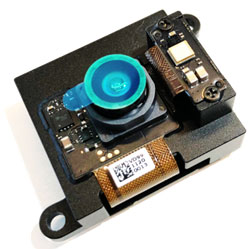 Figure 3: The AD-FXTOF1-EBZ camera module has VGA resolution and a frame rate of 30 fps; it can provide a hardware platform for 3D ToF depth perception for object detection and gesture recognition. (Image source: Analog Devices)
Figure 3: The AD-FXTOF1-EBZ camera module has VGA resolution and a frame rate of 30 fps; it can provide a hardware platform for 3D ToF depth perception for object detection and gesture recognition. (Image source: Analog Devices)
When combined with a processor board, the AD-FXTOF1-EBCZ can be used for 3D software and algorithm development. A native and host software development kit (SDK) is provided that includes OpenCV, Python, MATLAB, Open3D, and RoS wrappers to simplify application development.
IMU and dev board
When you need to sense direction and movement, you can turn to the ADIS16500AMLZ precision MEMS IMU. It includes a ±2000 degrees per second (dps) gyroscope, a ±40 g accelerometer, and the signal conditioning needed for optimal performance. Each sensor is fully calibrated at the factory using dynamic compensation formulas to ensure operation over various conditions.
You can use the ADIS16500/PCBZ breakout board to speed up IMU application development (Figure 4). The board includes the IMU and a 16-pin header that mates to 2 millimeter (mm) ribbon cables. The cables can be up to 20 cm long for connection to a system development board.
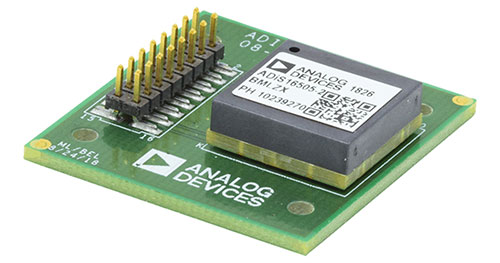 Figure 4: The ADIS16500/PCBZ breakout board for the ADIS16500AMLZ precision MEMS IMU facilitates application development. (Image source: Analog Devices)
Figure 4: The ADIS16500/PCBZ breakout board for the ADIS16500AMLZ precision MEMS IMU facilitates application development. (Image source: Analog Devices)
Sound solution
The MAX98304EWL+T is a mono 3.2 watt, 93% efficient Class D amplifier in a 1 x 1 mm package that efficiently provides Class AB audio performance. The amplifier eliminates the need for external filters or shielding to meet EN55022B EMI limitations by using spread spectrum modulation and active emissions-limiting edge rate control circuitry.
The associated MAX98304EVKIT+ evaluation kit provides a fully assembled and tested board that works with differential or single-ended inputs and can deliver 3.2 watts into a 4 ohm (Ω) load.
Conclusion
Various components, evaluation platforms, and development kits are available to speed the development of compact, efficient, and engaging HMIs for the metaverse. These include VCSEL-based cameras for situational awareness and gesture recognition, IMU modules for motion awareness, and Class D amplifiers to support efficient audio.

Have questions or comments? Continue the conversation on TechForum, DigiKey's online community and technical resource.
Visit TechForum






